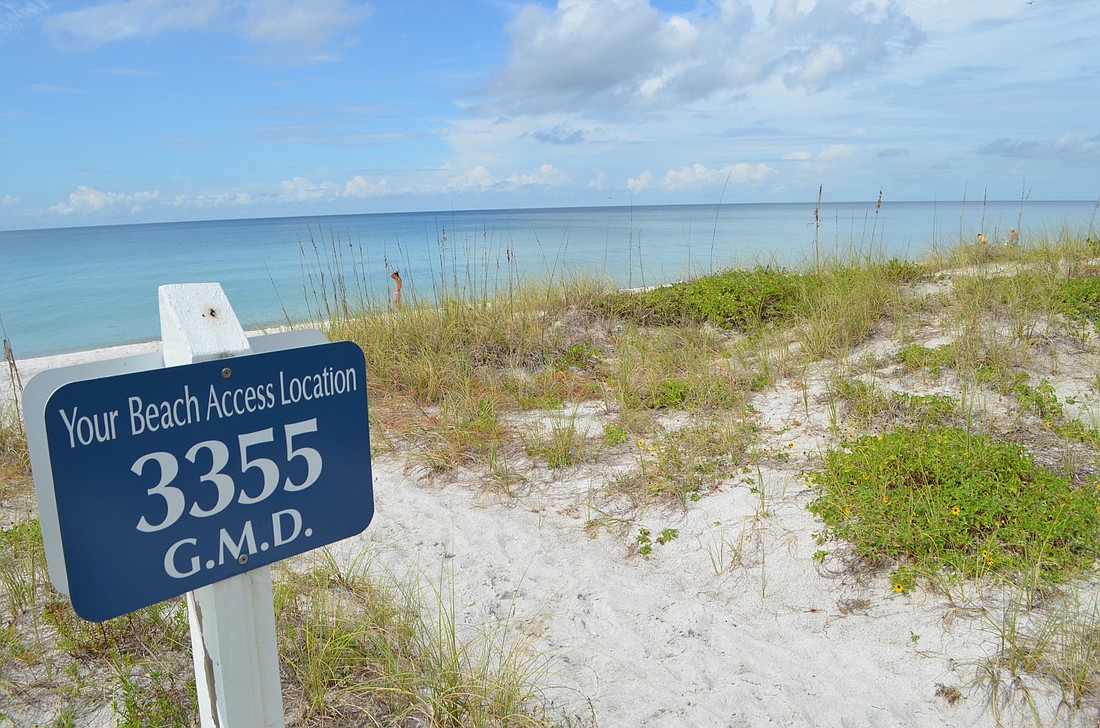- April 26, 2024
-
-
Loading

Loading

Town commissioners are moving ahead with plans to seek voter approval of bonds to help pay for the next five years of beach renourishment.
How much exactly the town will need to borrow will depend a lot on how much money can be counted on to flow in as reimbursement from state, federal and local sources.
Following a presentation by town staff in a commission workshop last week, town commissioners in early November are scheduled to formally discuss and take an initial vote on ballot language seeking authorization to borrow up to $41 million for up to eight years.
Town Finance Director Sue Smith said that maximum figure reflects the unlikely potential of zero reimbursement for projects that would deposit 912,000 cubic yards of sand on the beach through 2024. She said that assuming state reimbursements rise to the expected level of 26.9% of costs, borrowing $28.5 million for six years would be the ideal to accomplish that goal.
If commissioners ultimately decide to OK projects that would spread 812,000 cubic yards of sand in five island erosion hot spots (instead of 912,000), the borrow would amount to about $25 million, Smith told them. That figure rises to $36 million without any reimbursement.
State reimbursement for beach projects is a year-to-year competition, said Charlie Mopps, a project manager for the town. Projects are submitted and scored, and then state reimbursements are decided based on availability of funding. He said the state typically favors projects that are closer to launch than those still in the planning stages.
Top on the town’s list is the project to build five groins and fill them with sand. State permitting has already taken place.
“We threw in our hat, we threw in the north end project with the structures and back fill and everything else, and we got a certain amount of points,” he said. “So once the dust settles, they look to see who has the most amount of points. Ours being already permitted makes it a pretty viable project.”
Projects remain eligible for three years, so towns can continue to submit even after a rejection.
The town’s current bond sunsets at the end of the 2020 fiscal year and along with it the town’s A and B beach districts, replaced by similar Gulfside and Bayside districts that are slightly adjusted to deal with some commercial properties.
Town attorney Maggie Mooney said the adjustments, recommended in a 2014 analysis of the taxing districts, are designed to hold up better legally in the way some commercial districts are reset into the Bayside zone.
Even with the new designations, the 80% and 20% split of repayment burdens remains.
And even if the Bayside district, essentially properties east of Gulf of Mexico Drive, votes against the bonds and the Gulfside district approves the bonds, the town retains the option — as it always has, Mooney said — to proceed with the borrowing, with the Gulfside district bearing the whole cost.
The ballot measure is written to allow for lesser amounts to be financed.
“It’s an asset that increases everyone’s property values,” she said of a maintained beach.